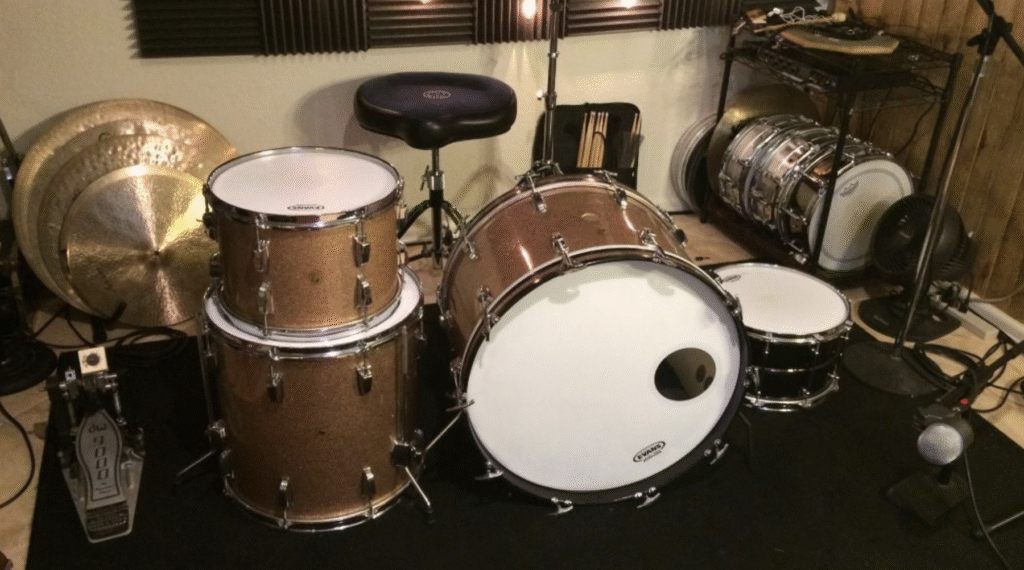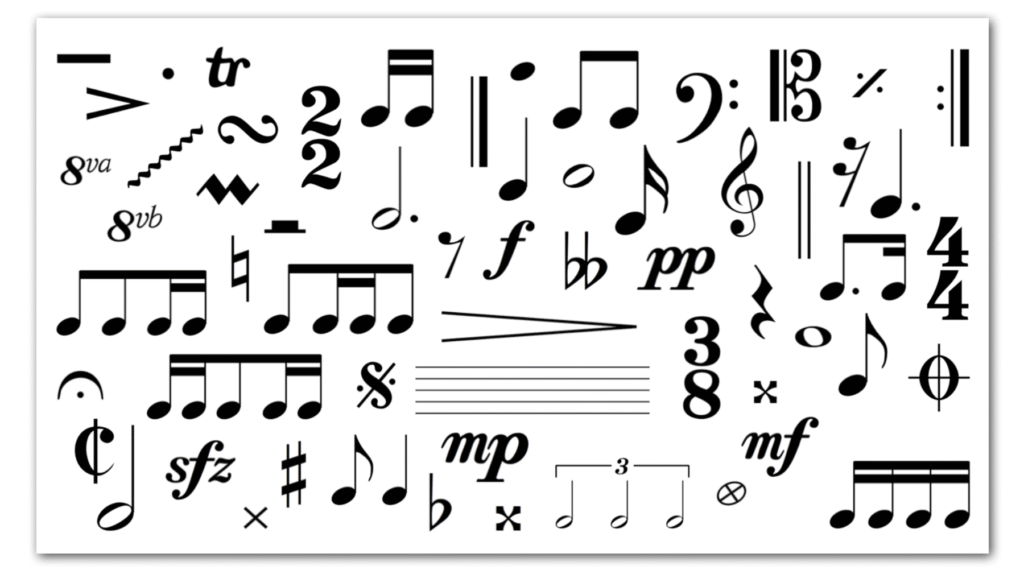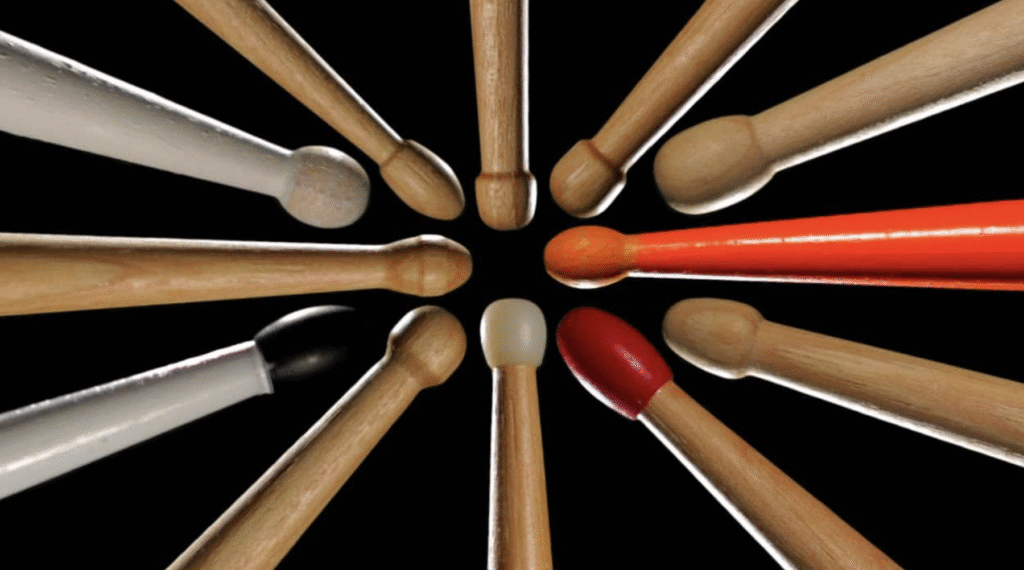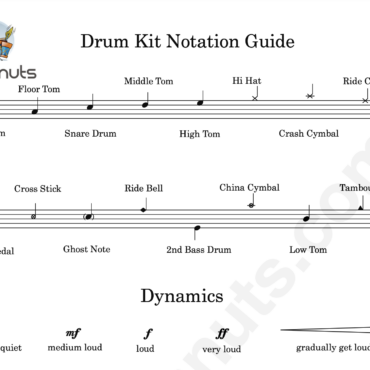Single Stroke Roll Explained
The single stroke roll explained properly can take your drumming to the next level. This essential rudiment lays the foundation for control, speed, and rhythm. Whether you’re a beginner or an experienced player, the single stroke roll deserves your time and attention.

This what a single stroke roll looks like written with drum music. R = Right hand L = Left hand.
What Is a Single Stroke Roll?
At its core, the single stroke roll is the simplest of all drum rudiments. It involves alternating strokes between the hands: right-left-right-left (or left-right-left-right). Despite its simplicity, mastering it can be surprisingly challenging.
Unlike double or buzz rolls, which include repeated strokes with each hand, this roll keeps things straightforward. However, playing it cleanly at various speeds takes coordination and practice. That’s why many experienced drummers warm up with single strokes daily.
Why Learn the Single Stroke Roll?
This rudiment builds hand coordination, endurance, and rhythmic precision. In fact, it’s one of the most used patterns in drumming. Whether you’re playing a snare solo, a rock groove, or a jazz fill, single strokes usually come into play.
Additionally, it enhances evenness between your hands. As a result, your drumming becomes more expressive and musical. Moreover, single strokes help you transition into more complex patterns later on.
How to Practice the Roll
Start by playing slowly and evenly. Use a metronome to keep time. Begin at around 60 BPM and focus on consistent spacing between each stroke.
Here’s a step-by-step guide to get started:
-
Sit comfortably with a straight posture.
-
Hold your sticks using a matched grip or traditional grip.
-
Alternate hands while keeping the stroke heights even.
-
Keep your wrists loose and avoid tensing up.
-
Gradually increase the tempo as control improves.
Over time, this will build strength and control in both hands. As you improve, your hands will naturally begin to flow. Learn the Single Stroke Roll with a drum teacher at kiwi drummer.com.
Transition to Faster Tempos
Once your single strokes feel smooth at slow speeds, begin to increase the tempo in small increments. Don’t rush this process. Rushing often leads to sloppy technique and fatigue.
Instead, aim for quality over quantity. Even at high speeds, every stroke should be clear and defined. Many drummers use 16th notes or 32nd notes at faster tempos to challenge their hands.
Additionally, try practicing in different time signatures or note groupings. For example, playing in triplets helps improve versatility. These variations keep your practice sessions fun and productive.
Apply the Roll Musically
While practicing on a pad is helpful, it’s important to apply the roll to the drum kit. Start by moving your single strokes between the snare and toms. This not only improves coordination but also creates dynamic fills.
You can also use the single stroke roll to enhance grooves. Try inserting short bursts of single strokes into a beat. This adds flair and texture to your playing. Furthermore, mixing rolls with accents can create exciting rhythmic patterns.
Tools to Boost Your Practice
Using practice tools can speed up your progress. A metronome is essential for staying in time. Many drummers also benefit from drum pads with less rebound, which force better technique.
Recording your practice sessions helps as well. Listening back reveals areas that need improvement. Additionally, video can help you see flaws in posture and hand movement.
For those wanting more structure, try using online drumming apps. These apps often include rudiment libraries, speed trainers, and play-along features. They make your practice more interactive and goal-oriented.
Common Mistakes to Avoid
Even experienced drummers can fall into bad habits. Here are a few to watch out for:
-
Tension in the arms: Stay relaxed for fluid motion.
-
Inconsistent volume: Each stroke should be even in velocity.
-
Skipping warm-ups: Always warm up to avoid injury and poor form.
When you catch yourself making these mistakes, slow down and refocus. It’s better to play slowly with precision than fast with errors.
Building Muscle Memory
Repetition is key. The more you practice correctly, the more natural it feels. Eventually, your hands will play the single stroke roll without conscious effort. This frees you to focus on musicality, not mechanics.
As you improve, challenge yourself by integrating rolls into live playing. This not only reinforces your skills but also keeps your drumming fresh and exciting.
Final Thoughts on the Single Stroke Roll Explained
Now that you’ve had the single stroke roll explained, it’s time to apply it. Although it seems basic, it’s a powerful tool in every drummer’s toolkit. Practice with intention, track your progress, and explore new ways to use it musically.
Because it’s such a universal rudiment, you’ll find it useful in every style—rock, funk, jazz, or orchestral. Master it, and your drumming will reach new heights.
So grab your sticks, set your metronome, and roll your way to better drumming!














